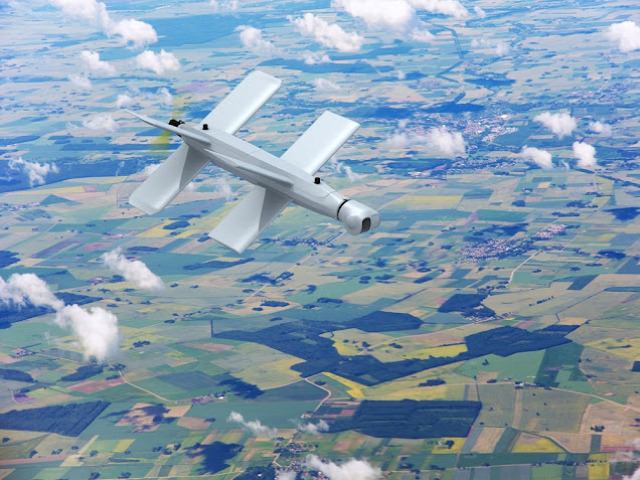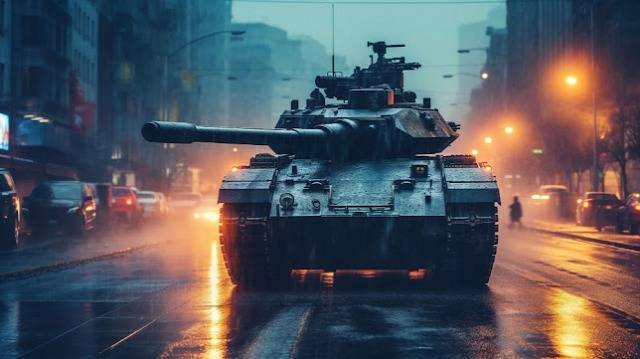
Defense Outlook refers to the projected or anticipated trends, strategies, and expectations within the realm of defense and military affairs. It encapsulates an analysis of potential threats, geopolitical shifts, military capabilities, budget allocations, technological advancements, and policy frameworks. This comprehensive perspective offers insights into the evolving landscape of defense, enabling nations, defense industries, and security stakeholders to anticipate challenges, prepare for emerging threats, and strategically plan resource allocation. The Defense Outlook serves as a crucial tool for governments, defense agencies, and industry leaders to navigate uncertainties, shape policies, and enhance preparedness in safeguarding national security interests.
The global defense outlook showcases the defense budget of 30 countries for the period 2023-2033. The cumulative defense budget is valued to be $29,031.67 billion for the period 2023-2033. The global defense market is expected to be driven by geo-political activities, technological investment in autonomous and cyber capabilities, the emergence of public and private defense industries, and contracts by the national governments, among other factors.
Technology and Modern Warfare: Advancements in technology continue to redefine modern warfare. The Defense Outlook closely monitors innovations in artificial intelligence, quantum computing, unmanned systems, cyber capabilities, and space technologies. These advancements offer new opportunities but also pose challenges related to ethical considerations, cybersecurity vulnerabilities, and the need for rapid adaptation to technological disruptions.
Budgetary Constraints and Resource Allocation: Balancing defense expenditures with other national priorities remains a critical challenge. The Defense Outlook involves assessing budgetary constraints and optimizing resource allocation to enhance military capabilities while addressing socio-economic needs. Efficiency in spending and prioritizing investments in critical defense sectors are vital components of a sustainable Defense Outlook.
Today’s defense market is characterized by a number of trends and challenges. One major trend is the increasing emphasis on technology and innovation, particularly in areas such as cyber defense, unmanned systems, and advanced sensors. Another trend is the growing importance of international cooperation and collaboration as defense companies seek to expand their global reach and leverage the expertise and capabilities of their partners around the world. At the same time, the defense market is also facing a number of challenges, including changing geopolitical dynamics, budgetary pressures, and shifting customer requirements.
Request A Free Deatiled Sample on Defense Outlook!
North America Expected to Lead the Overall Defense Budget Over the Forecast Period 2023-2033
North America has historically been a major player in the global defense market, The region is home to some of the world’s largest defense contractors, such as Lockheed Martin, Boeing, and Raytheon, which have extensive experience and expertise in the design, development, and production of military hardware and software.
To maintain its leadership position, North America will continue investing in research and development to develop cutting-edge technologies such as artificial intelligence, autonomous systems, and cyber defense. It will also continue developing strong partnerships and alliances with other countries to share expertise, resources, and intelligence.
Furthermore, North American defense contractors will need to be proactive in identifying emerging market trends and responding quickly to changing customer demands. This may require them to focus on diversification, innovation, and cost-effectiveness while also maintaining high levels of quality and reliability.
Overall, North America’s leadership in the global defense market will depend on its ability to stay ahead of the curve and adapt to changing market conditions and technological advancements.
Competitive Landscape
The competitive landscape of the global defense market consists of several organic and inorganic business strategies and is shaped by a range of factors, including market segmentation, customer preferences, strategic partnerships, market concentration, and technological innovation.
Some of the key players in the global defense market, such as Boeing, Lockheed Martin, Raytheon Technologies, Northrop Grumman, and General Dynamics, are able to navigate through these factors effectively, making them better positioned to strategically succeed in this dynamic and rapidly evolving industry.
Key Questions Answered in this Report:
-
What are the trends in the defense industry, and how is defense spending expected to change over the forecast period 2023-2033?
-
What are the key drivers and challenges for the defense industry?
-
What will be the growth trend of the defense industry over the forecast period 2023-2033?
-
What are the existing and emerging opportunities to expand businesses in the defense industry?
-
What are some of the key business and corporate strategies implemented by the key defense industry participants?
-
Which region is expected to lead in the defense budget?





